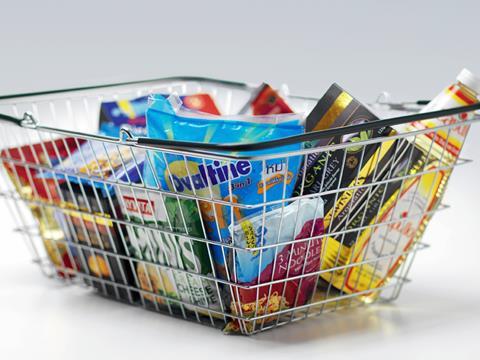
The National Retail Federation (NRF) is hosting its flagship annual event in New York next week. Retail’s “BIG Show” is a four-day convention and expo for today’s industry leaders, providing international retail companies with a chance to network and preview the latest trends and innovations.
One key trend to feature at this year’s event is the rise of the connected customer and how retailers need to deliver a seamless omnichannel shopping experience for increasingly well-informed consumers.
“Today’s retailers need to deliver a seamless shopping experience”
According to a study by First Data, more than 60% of consumers gather information online before making purchases in stores. The same study indicates more than 40% of consumers use their smartphones to compare prices. Research from Deloitte suggests consumers who shop between various online, mobile and traditional channels spend 82% more per transaction compared with customers who only shop in a store. This data suggests the more connected and informed consumers are, the more likely they are to make purchases.
We will be exhibiting at NRF 2015 and the connected consumer will be a key focus for us. Indeed, we believe connected consumers pose significant challenges for unprepared retailers. When consumers use multiple channels to conduct purchases, they expect a consistent experience across each channel. Seamlessly integrating mobile, online and in-store systems remains one of the biggest IT challenges facing traditional bricks-and-mortar retailers today. It is also a benchmark that will determine long-term winners and losers.
In order to deliver a consistent shopping experience across any consumer channel, retailers not only have to link up their customer databases and various points of sale, they also need to unify their back-end processes to ensure they are prepared to help customers across all channels.
A true omnichannel platform with unified information enables retailers to place intelligent applications across channels to seamlessly manage pricing and promotions, loyalty programmes and PoS checkout concepts, while helping back-end staff process orders and handle multichannel payments.
With customers more knowledgeable about product details and competitive offers, they expect retailers to have the same information at their fingertips. They also value a choice in purchase options either via traditional checkouts, automated self-scanning or through mobile self-scanning systems. Mobile tablets can empower employees to serve customers anywhere in-store, at any time.
In the past, interaction between employees and customers at the checkout rarely provided upselling opportunities because customers’ purchasing decisions had already been made. Moving employees around the store enables them to point out complementary products, answer inventory questions and discuss current sales promotions.
The dynamic between retailers and consumers is set to develop further in 2015 with innovations in mobile PoS technology.
Thomas Fell is SVP of retail at Wincor Nixdorf




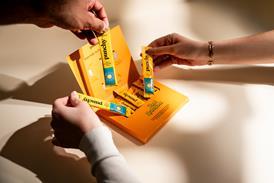


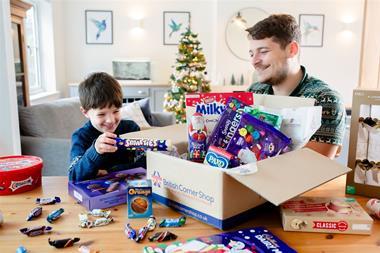

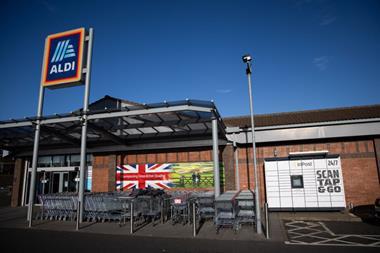
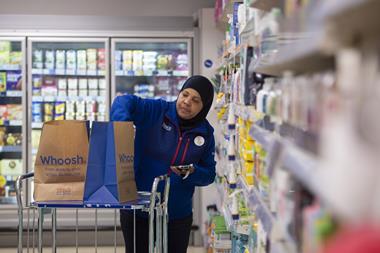
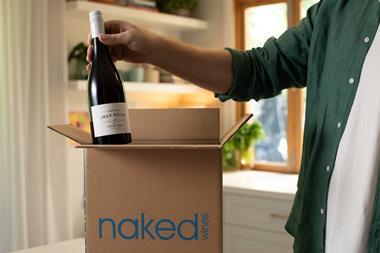
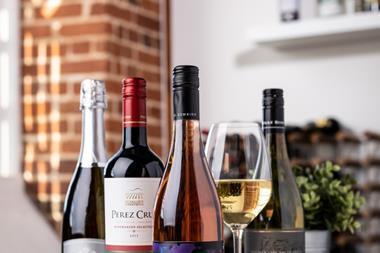
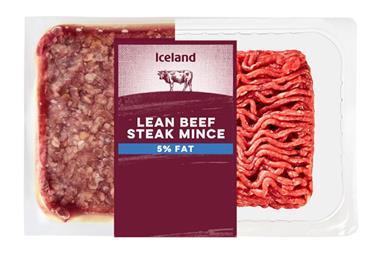



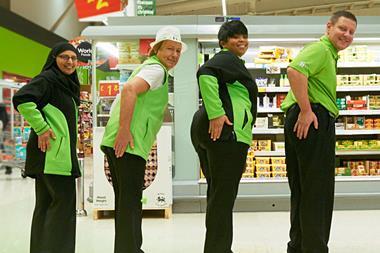

No comments yet